A peppy and curious breed, great companion but can be a tad stubborn

Miniature Dachshund Spotlight
- Easy to train and likes to please
- Can have a high prey drive
- Vocal and boisterous
- Love to play with other dogs
- Affectionate and likes to curl up in your lap
- Come in over 15 colors
- Literally called the 'Badger' dog
- 3 distinct coats: smooth, wire-haired, and long haired
History
The Dachshund was first created in Germany and this breed was used to hunt badgers and keep them away. Because of their hunting ability, the Dachshund was originally nicknamed the badger dog. There are paintings and artwork that date the Dachshund back to the early 15th century and documents that date the breed to the 16th century.
Dachshunds were not only used to hunt badgers and they were also great at hunting wild boar and foxes. The Germans bred the Dachshund over and over to ensure they were able to get the best pup they could. In fact, the Germans would refine the breed to meet their needs.
Traditional Dachshunds from previous centuries were quite a bit bigger than the Dachshunds we are used to seeing today. There is even a miniature Dachshund breed available too.
The standard for this breed was initially written in 1879. In 1885, the Dachshund was introduced to America and they were instantly popular. The Dachshund is no longer used for hunting purposes, but they still have a prey drive within in. This breed was officially recognized by the American Kennel Club in 1885 and is considered the 13th most popular dog breed of all AKC breeds.
Personality & Temperament
The Dachshund is considered to be a courageous and intelligent dog that will keep you on your toes, but also provide you with the love you desire from your companion. This dog breed does have a stubborn streak at times and this may lead to some frustration on your part.
One of the most notable qualities of the Dachshund is their fearless attitude that often leads them into trouble, especially when they venture somewhere they should not.
You should keep in mind that Dachshunds do have a bit of a prey drive since they were initially bred to hunt, so you need to be cautious when there are small animals and vermin around, as your dog may chase them and hunt them down.
This breed does well with other people and animals that are within the home, but do note that Dachshunds are often shy and nervous around new people. Because of this, the Dachshund will defend when he or she feels the need to.
Appearance & Grooming
Dachshunds are bred in two different sizes, which include the standard size and the miniature size. Standard Dachshunds weigh somewhere between 16 and 32 pounds while the Miniature Dachshund weighs under 11 pounds. The Dachshund comes in three different varieties which include Wirehaired Dachshunds, Smooth Dachshunds, and Long-Haired Dachshunds. The Wire-haired Dachshund has a rough, short, and thick coat. This coat is present all over the body except for on the ears, jaw, and eyebrows.
The Smooth Dachshund has a coat that is shiny, smooth, and short. The coat is found all over the body and does not shed as much as the Long-Haired Dachshund. The Long-Haired Dachshund has wavy, long, and shiny hair that flows and provides the dog with a beautiful appearance.
The Dachshund is considered to be a breed that is easy to maintain and does not require extensive grooming. This breed does shed, but they do not shed a lot at all. You should brush your Dachshund a couple of times per week to prevent any mats or tangles in his or her coat.
You do not need to bathe him or her unless they truly need it and have rolled around in the dirt. In addition, you should clean your pup’s ears once per week and trim his or her nails monthly or as often as needed.
Health
The Dachshund is considered to be a relatively healthy breed, but as with any other breed, there are some health problems you need to be aware of.- Intervertebral Disc Disease (IVDD) - is a condition that is due to genetics and Dachshunds are prone to it. This condition occurs when your Dachshund has trouble using his or her hind legs. Treatment for the condition usually involves medication and surgery to remove any of the discs in the back that may rub, touch, or grind on each other.
- PRA - is a progressive disease that is degenerative and will lead to blindness in your Dachshund. The disease continues to progress over time and once the diagnosis has been made, you should expect your dog to lose his or her vision completely.
- Epilepsy - is better known as seizures and your Dachshund may experience them. The seizures can range from severe to mild in nature. This condition is often controlled with medication.
- Bloat - is a serious condition that can be fatal if it is not caught in time and treated. Dachshunds are prone to this condition, especially if they eat or drink to quickly or become excited after consuming food or water. When this condition occurs, there is a buildup of gas within the stomach and your Dachshund is unable to get rid of that gas. The gas causes the stomach to expand and place pressure on the organs around it.
- Deafness - Dachshunds can have hearing loss although it is not as common as the above listed conditions. Deafness does not usually occur until later on in life, but it is possible for a puppy to be born deaf.
Exercise & Care
The Dachshund is not a lazy dog and you will find that your Dachshund is full of energy, which means he or she needs the opportunity to run around and have some fun. This breed likes to socialize with other dogs and run around in a pack with them.
This breed is quite active within your home, but will sit down and relax on the couch in your lap as you watch your favorite television show.
The Dachshund does need a walk or two per day to help expel some of that built-up energy he or she has. If you do not provide your Dachshund with enough exercise, he or she can become destructive. This breed does train quickly, especially when you offer some type of treat as positive reinforcement. It is important to make sure that you do not become frustrated when training your Dachshund as this can lead to trouble training.

 Germany
Germany

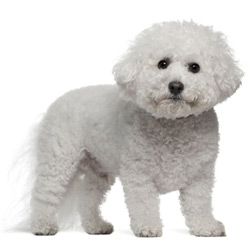

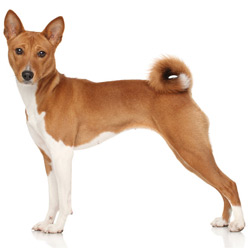
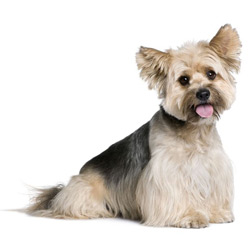
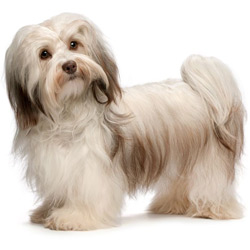
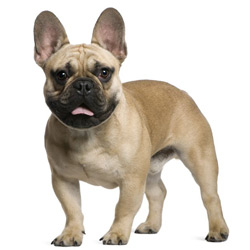
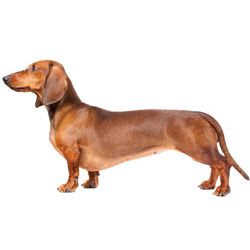
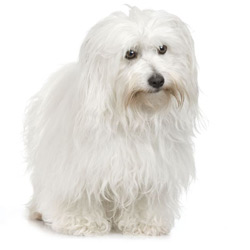
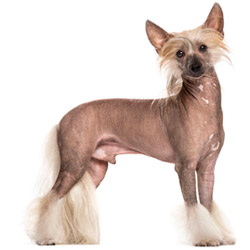
What do you think?